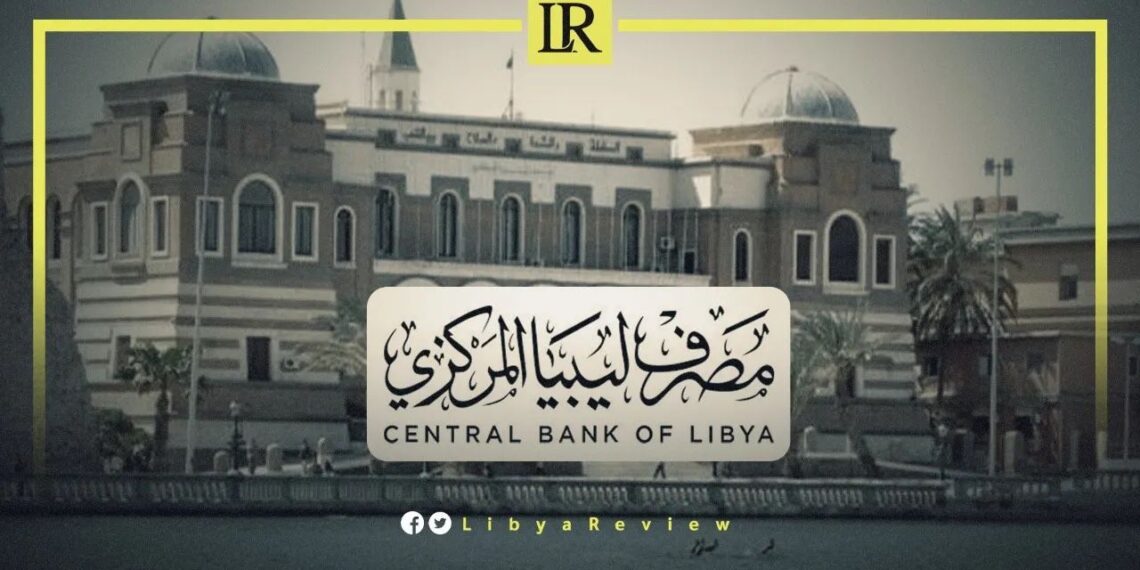The Central Bank of Libya (CBL) has intensified its efforts to stabilize the country’s currency and curb the black-market dollar rate, injecting billions of dollars into the economy and expanding the number of licensed currency exchange offices nationwide.
In its latest update, the Bank confirmed it had processed over $1.6 billion in letters of credit through its new electronic platform. The total number of credit allocations reached 1,887, covering a wide range of commercial sectors. The new system is now directly linked to commercial banks, enabling faster approvals and processing.
Additionally, the Bank disclosed that on August 3 and 4 alone, it sold over $1 billion in foreign exchange, along with $464 million for personal transfers. Including pending approvals from the previous system, the total released over those two days reached $940 million.
To strengthen oversight and transparency, the Bank issued 52 final licenses for new exchange companies, bringing the total number of licensed money service businesses to 187 nationwide.
CBL Governor Saddek El-Kaber (also known by his full name, Nagie Issa) reiterated the Bank’s goal of driving the parallel market dollar rate below 7 Libyan dinars, calling exchange rate stability a “national responsibility.”
But despite these aggressive interventions, the unofficial exchange rate remains stubbornly high. On Tuesday, the black market dollar exchange rate stood at 7.81 LYD, compared to the official rate of 5.44 LYD, a difference of more than 2.37 dinars.
Analysts warn that without a unified economic policy and political coordination across Libya’s divided institutions, these monetary measures may fall short. They say real reform must address structural issues and governance challenges that allow the parallel market to thrive.


